Way back in the fall of 1975 my parents determined we’d move to Edmonton from Calgary, the move coincided with my grade 12 year and after playing volleyball for two years in grade 10 and 11 I decided I’d try out for football for grade 12 in my new school. The school was Harry Ainlay and as luck would have it I made the team (most likely the last one on the roster) and was along for the ride as the Titans won their first Sr Football Championship. The roster for 1976 was stronger (I think) and I had the opportunity to play several positions on defence and a bit of scout offence.
I like to joke that my coach, Bryan Anderson, had to choose between Dave Getty, son of the Premier of Alberta at the time and former Edmonton Eskimo QB on the Grey Cup teams of the 50’s, Matt Dean son of the principal at Lazerte High School (at the time) and former Edmonton Eskimo Center on those same teams, Jackie Parker Jr. son of Jackie Parker the “living legend” of the CFL and running back of those same three-peat Eskimos and Rick Gilson, son of Bob, recently moved in realtor. There was really no comparison in the football talents and experience, I enjoyed learning the game, playing now and then generally helping out where I could. Two for two on the city championship front, high school football was pretty good for a kid who showed up at the parties with a 2L bottle of Orange crush and went home with a fair share of quarters.
1975 City Champs
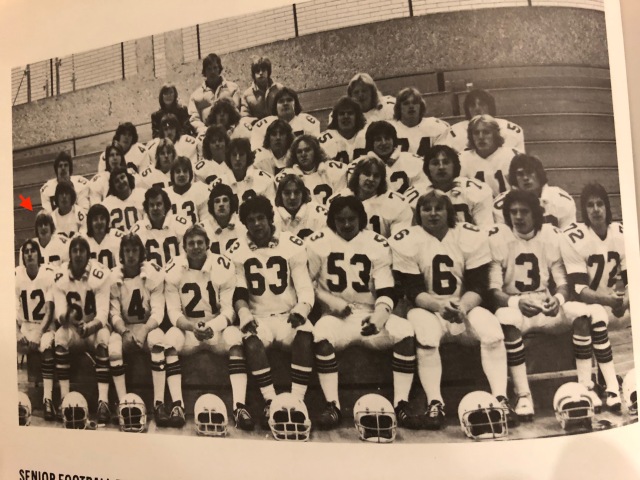
1976 City Champs

In late August 1981, I had returned from a two-year mission in Japan and was working at Prudham Building Supplies in charge of mixing cement in 1-meter trailer loads for home renovations. Bryan Anderson drove up for a load of cement and asked me what I was up to. I told him that I was starting a degree in education with an eye to being a Social Studies teacher. Without missing a beat as I recall it he said, you should come coach this fall. (He didn’t have to say where). I was floored, why would he want someone who hardly played, so I asked and his reply was equally quick along the lines of you played safety, half, corner, outside linebacker and a bit of scout team and special teams on an undefeated team. You can coach if you want to.
From 1981 through to today I’ve been blessed to coach 64 different football teams and next week I’ll start spring camp with my 65th team. Those first four teams at Ainlay culminating with an undefeated first city championship in the school’s history for a junior team – one that gave up one point all season – were great learning opportunities. I didn’t work directly with Bryan, Wayne Gallup and Bob Erichsen were the Head coaches of the junior team but Bryan was always available. As I went on coaching in Grande Prairie Bryan was more than available he’d show up at our provincial games, and even brought Ainlay up for exhibition games a couple of times.
My football life has been a rich blessing, my life in education likewise a blessing in so many ways. A handful of people, Dr. Bob Patterson, my parents, and Bryan Anderson most prominently included played significant roles impacting my career.
 In each other’s lives, we simply can’t always tell how far our actions will ripple out and affect lives. I have no doubt Bryan never thought one invite would lead to whatever impact my own coaching career has had on players, fellow coaches and communities. For that matter that coaching impacted other opportunities for leadership that placed me in the position where I could positively, I think, impact the discussion around accommodations on diploma and PAT exams, the focus on mental health education, and so much more around sportsmanship, character and leadership education that has its foundation in 1975-76 and an invitation to coach football in the fall of 1981.
In each other’s lives, we simply can’t always tell how far our actions will ripple out and affect lives. I have no doubt Bryan never thought one invite would lead to whatever impact my own coaching career has had on players, fellow coaches and communities. For that matter that coaching impacted other opportunities for leadership that placed me in the position where I could positively, I think, impact the discussion around accommodations on diploma and PAT exams, the focus on mental health education, and so much more around sportsmanship, character and leadership education that has its foundation in 1975-76 and an invitation to coach football in the fall of 1981.
Yesterday the city of Edmonton dedicated an athletic field complex to Bryan Anderson. Tonight, June 10, 2019 Bryan Anderson will be inducted into the City of Edmonton Hall of Fame. I’ve long spoken about the importance of people having their own hall of fame, seeking out mentors and placing themselves in a position to mentor others. Bryan Anderson has been in my personal Hall of Fame for a very long time. I’m glad to see that the City of Edmonton has joined the party. Thank you, Bryan and all the best to you for years to come.
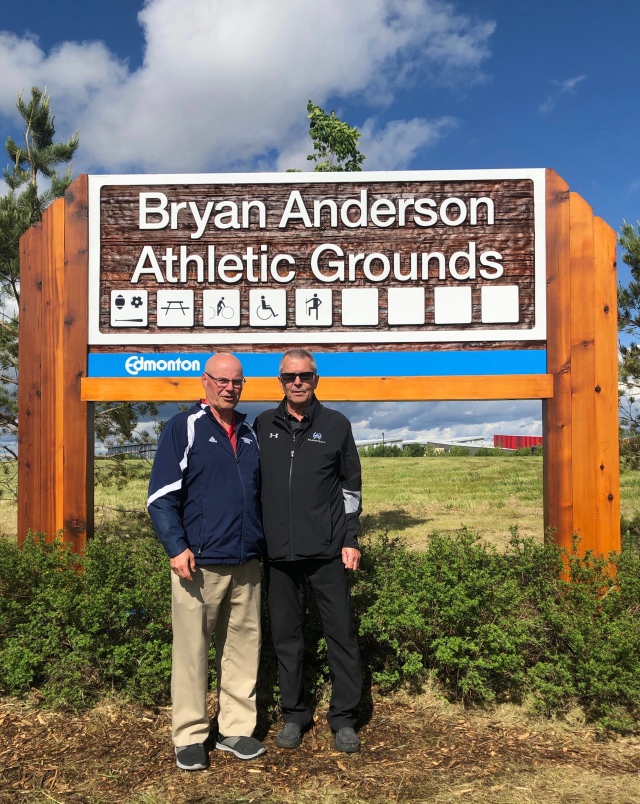

 The last couple of days I read a book by Dr. Rob Bell entitled, “No One Get’s There Alone.” I really enjoyed the ideas Bell outlined, a series of short messages emphasizing the importance of drawing others into your circle of support and looking for ways to help all in your circle of influence. We rarely know the full measure of our influence on lives around us. A simple smile in the hallway at school – as a student, a teacher, an administrator, a caretaker, education assistant, coach…you just never really know, likewise a glare, a frown. Naturally those are just passing moments but as Chip and Dan Heath write in their excellent book, “The Power of Moments: Why Certain Experiences Have Extraordinary Impact” it’s moments, often small ones like a popsicle at the pool, that make a lasting impression or change the trajectory of a life or relationship.
The last couple of days I read a book by Dr. Rob Bell entitled, “No One Get’s There Alone.” I really enjoyed the ideas Bell outlined, a series of short messages emphasizing the importance of drawing others into your circle of support and looking for ways to help all in your circle of influence. We rarely know the full measure of our influence on lives around us. A simple smile in the hallway at school – as a student, a teacher, an administrator, a caretaker, education assistant, coach…you just never really know, likewise a glare, a frown. Naturally those are just passing moments but as Chip and Dan Heath write in their excellent book, “The Power of Moments: Why Certain Experiences Have Extraordinary Impact” it’s moments, often small ones like a popsicle at the pool, that make a lasting impression or change the trajectory of a life or relationship.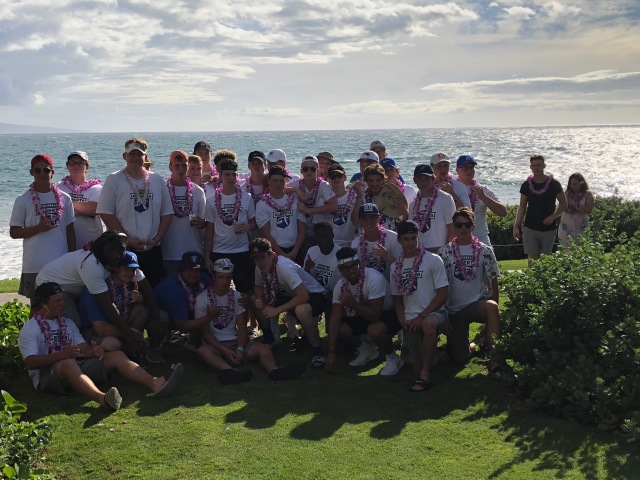 This past summer I once again had the opportunity to coach in Hawaii with the U17 Football Alberta all-star team. Since the early 90’s I have been richly blessed to coach on a handful of senior bowl teams, my last one being 2012, U18 Team Alberta 1999-2004 2 bronze, 2 gold, 1 silver, and the Hawaii trip teams on seven or eight occasions since 2007. Each team presented different opportunities to work with coaches and athletes from across the province, some in one game situations, others in a national championship tournament and Team Alberta Hawaii in a mix of practices, controlled scrimmages and cultural experiences.
This past summer I once again had the opportunity to coach in Hawaii with the U17 Football Alberta all-star team. Since the early 90’s I have been richly blessed to coach on a handful of senior bowl teams, my last one being 2012, U18 Team Alberta 1999-2004 2 bronze, 2 gold, 1 silver, and the Hawaii trip teams on seven or eight occasions since 2007. Each team presented different opportunities to work with coaches and athletes from across the province, some in one game situations, others in a national championship tournament and Team Alberta Hawaii in a mix of practices, controlled scrimmages and cultural experiences. This year I had another excellent group of DB’s from Brooks, Lloydminster, Sherwood Park, St Albert and Calgary. For the second year in a row, we went undefeated in three scrimmages with schools on the island of Maui. Each school is unique in its composition but united in their love for football.
This year I had another excellent group of DB’s from Brooks, Lloydminster, Sherwood Park, St Albert and Calgary. For the second year in a row, we went undefeated in three scrimmages with schools on the island of Maui. Each school is unique in its composition but united in their love for football. The most recent addition at the time, Laken, got her introduction to the nuances of mini-golf with her playing partner, grandpa. She was an excellent partner as we registered the low score for the day. The extended family Par 3 tournament was another success, not too much concern about scores, just a great time had by one and all. No holes in one this year, though there was one pretty good shot at it on the last hole, complete with a gallery to witness as the ball rolled up right online about 4 inches short…too bad.
The most recent addition at the time, Laken, got her introduction to the nuances of mini-golf with her playing partner, grandpa. She was an excellent partner as we registered the low score for the day. The extended family Par 3 tournament was another success, not too much concern about scores, just a great time had by one and all. No holes in one this year, though there was one pretty good shot at it on the last hole, complete with a gallery to witness as the ball rolled up right online about 4 inches short…too bad.





 Her most recent book on the subject,
Her most recent book on the subject, 

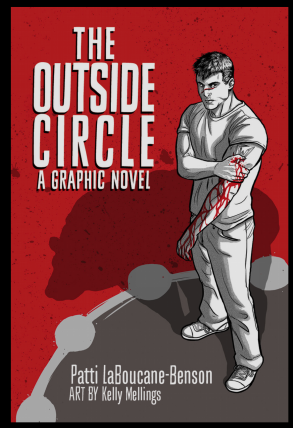


 #21 Leave the place better than you found it. It is the last of 21 ways Jon Gordon (2015) suggests one can be a great teammate. I have some thoughts I’d like to share about several of the ways to be a great teammate but I’ll start with #21 .
#21 Leave the place better than you found it. It is the last of 21 ways Jon Gordon (2015) suggests one can be a great teammate. I have some thoughts I’d like to share about several of the ways to be a great teammate but I’ll start with #21 .



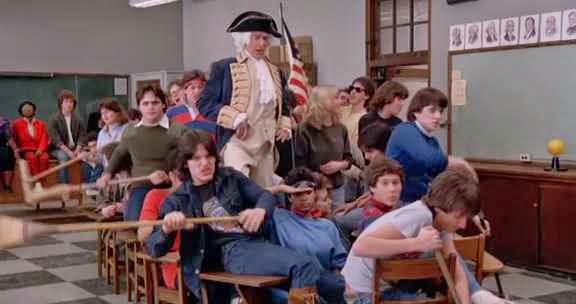
 John Maxwell (2013) starts his book with a question, “What would you attempt to do if you knew you wouldn’t fail” (p.1)? It’s certainly easier to cliff jump into a lake if you know it’s not going to hurt, the water will be warm, and there is no risk, no fear, no chance at failure, even if failure is a bit of a belly flop entrance to the water. But would it be the same experience? The same challenge?
John Maxwell (2013) starts his book with a question, “What would you attempt to do if you knew you wouldn’t fail” (p.1)? It’s certainly easier to cliff jump into a lake if you know it’s not going to hurt, the water will be warm, and there is no risk, no fear, no chance at failure, even if failure is a bit of a belly flop entrance to the water. But would it be the same experience? The same challenge?